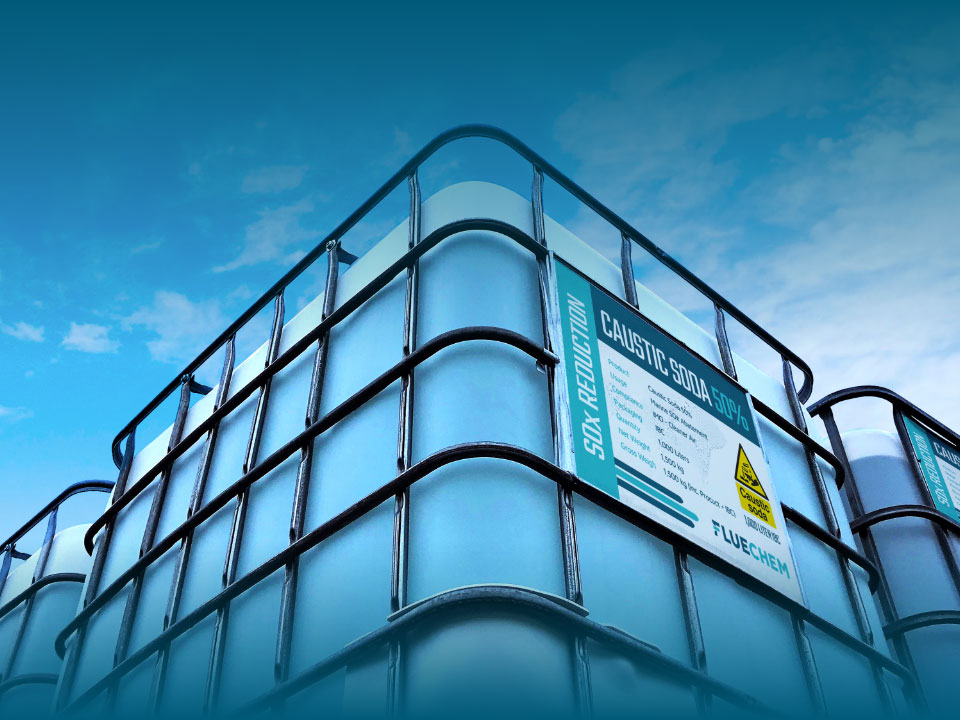At the end of 2020 and the start of 2021 Fluechem found itself working with a Canadian port trade union on behalf of one of our clients. The Port Trade Union governs all aspects of safety for operations that occur in their ports throughout the country and fundamentally ensure the well-being, health and safety of all operatives working at each dock.
The Challenge
Prior to working with Fluechem the Canadian workers union was under the impression that deliveries of Caustic Soda 50% were safest when done in IBCs as opposed to being undertaken via bulk road tankers. This hinged on the belief that should a spill occur then it would potentially be limited to just 1 IBC. The rationale behind this was that the chances of all 20 IBC’s per chemical supply breaking or being hit by a truck or through another negligence act was low. Under this theory a leak into the quay would for example, be limited to one or two thousand litres of Caustic soda 50% as opposed to the whole tanker.
The Learning
As in all working scenarios, the team at Fluechem rigidly adhered to the required health and safety protocols and conducted a delivery of 20 IBCs. However, due to the supply being in IBC’s it took approximately 15 to 30 minutes to empty each IBC. With a delivery of 20 IBCs the chemical supply took almost 10 hours to complete.
As is our standard practice, Fluechem reviewed every aspect of the contracted work to see how we could make improvements for all parties involved. It was quickly clear that, ideally, a reduction in delivery timescales and personnel would help all involved.
The Solution
Through further consultation with the port trade union it was agreed that future deliveries should be conducted by bulk road tanker. With the tankers being able to discharge 20,000L (the equivalent of 20 IBCs) within 45 minutes it would save more than 9hrs of time when compared to the initial process. Whilst this was a practical time saving decision, importantly, it also massively reduced the time spent on port and meant there was less time that the chemical was exposed on the quay side, thus reducing the risk of potential damages. A fully operational dock is a busy place with a huge number of activities taking place at once and we collectively decided that the safest method of delivering the Caustic Soda 50% was to dramatically reduce the time it took to deliver. As well as this, we were also able to reduce the number of contractors required to deliver the chemical. Typically, to discharge the IBC’s required both the ship’s crew and quay side workers were required which meant around 4 to 5 people were required per delivery. With our road tanker deliveries, we were able to bunker safely with just 2 to 3 personnel. This reduces the amount of people potentially exposed to the chemical should the worst-case scenario come in play and a spill occur.
As part of the whole project Fluechem also demonstrated our spill kit ability, where we ensure each supply is conducted with the relevant spill kits at hand. For our bulk road tankers we can place a drive in bunded spill pad. This means that should the road tanker leak and cause a big spill there is no issue as all as the chemical spilt gets contained in the drive in bund system. Once again, this is a part of the delivery of chemicals that we take extremely seriously as we do everything we can to avoid any negative affects should the worst case scenario materialise.
Finally, an additional positive of utilising a road tanker is that it eliminates the need for 20 IBC’s plastic packaging which ensures Fluechem and our clients have a reduced environmental footprint.
Summary
Collaboration is our key to success and the team at Fluechem will always do everything we can to work with as all parties involved. We understand that life dockside can be hectic and dangerous and that’s why will always do everything we can to learn from our collective experiences and put in new solutions that help all involved save time, money and stay safe and compliant.
